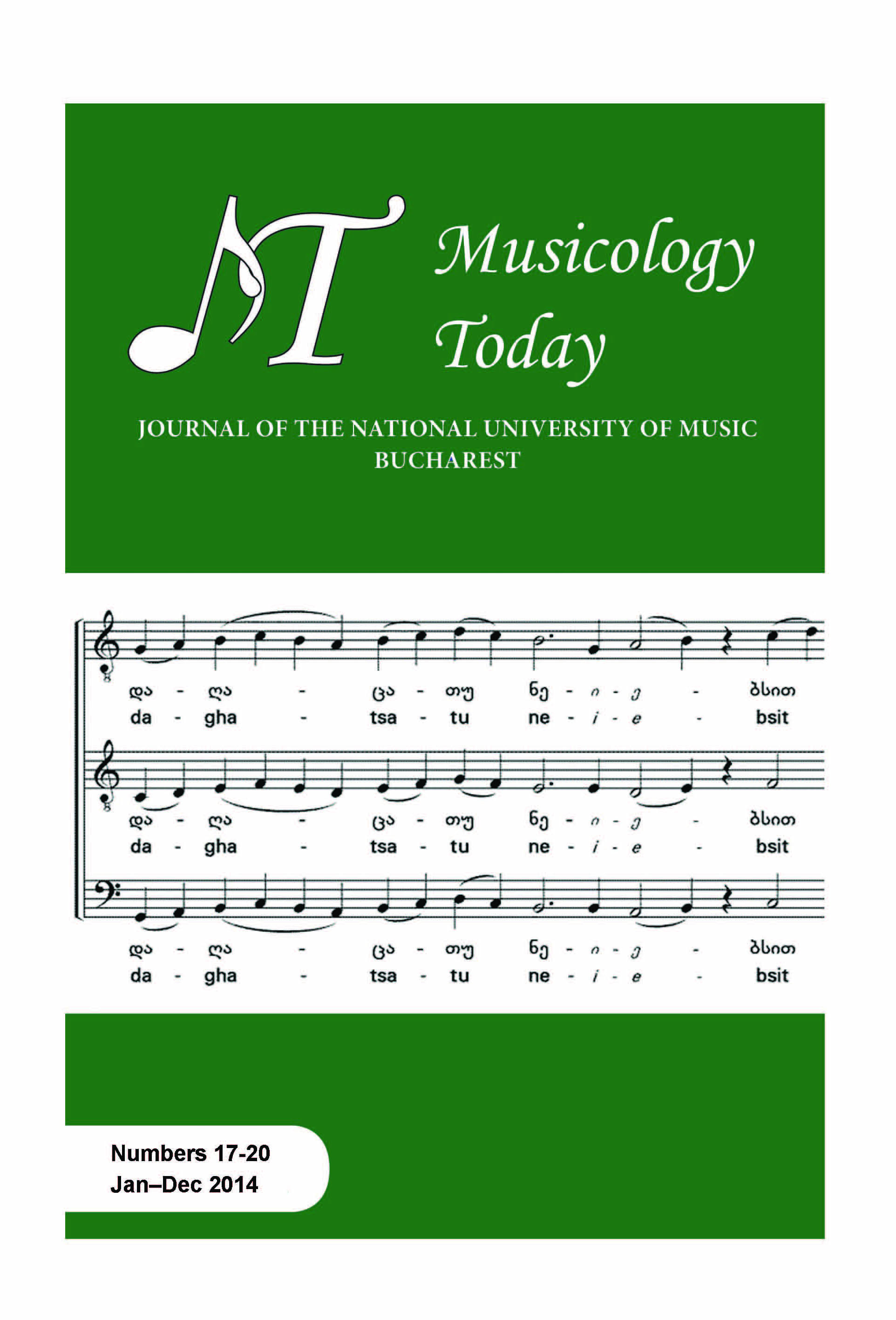Movement, Emotion and Speech: The Influence of Stage Performance on the Rhythmical Interpretation of French Baroque Opera
Movement, Emotion and Speech: The Influence of Stage Performance on the Rhythmical Interpretation of French Baroque Opera
Author(s): Jaakko OlkinuoraSubject(s): Music
Published by: Editura Universității Naționale de Muzică din București
Keywords: French Baroque Opera; Baroque period; operatic scène;
Summary/Abstract: This presentation discusses the rhythmical interpretation of French Baroque opera. Modern performance practices have been dominated by a well- regulated rhythmical approach. However, according to the written testimonies from the Baroque period (e.g. Bénigne de Bacilly and Jean-Léonard Le Gallois de Grimarest), rhythmical interpretation was rather free and the use of rubato was encouraged to emphasize the different emotions expressed by text and acting. The interest of studying an operatic scène from this perspective is demonstrated with practical examples from Jean-Baptiste Lully’s opera Isis (1st act, 1st scène) from 1676. The composition, indeed, is interpreted through acting, declamation, gesture, and with a more elastic and less notation-bound rhythmical performance.
Journal: Musicology Today: Journal of the National University of Music Bucharest
- Issue Year: 5/2014
- Issue No: 19
- Page Range: 166-179
- Page Count: 14
- Language: English

